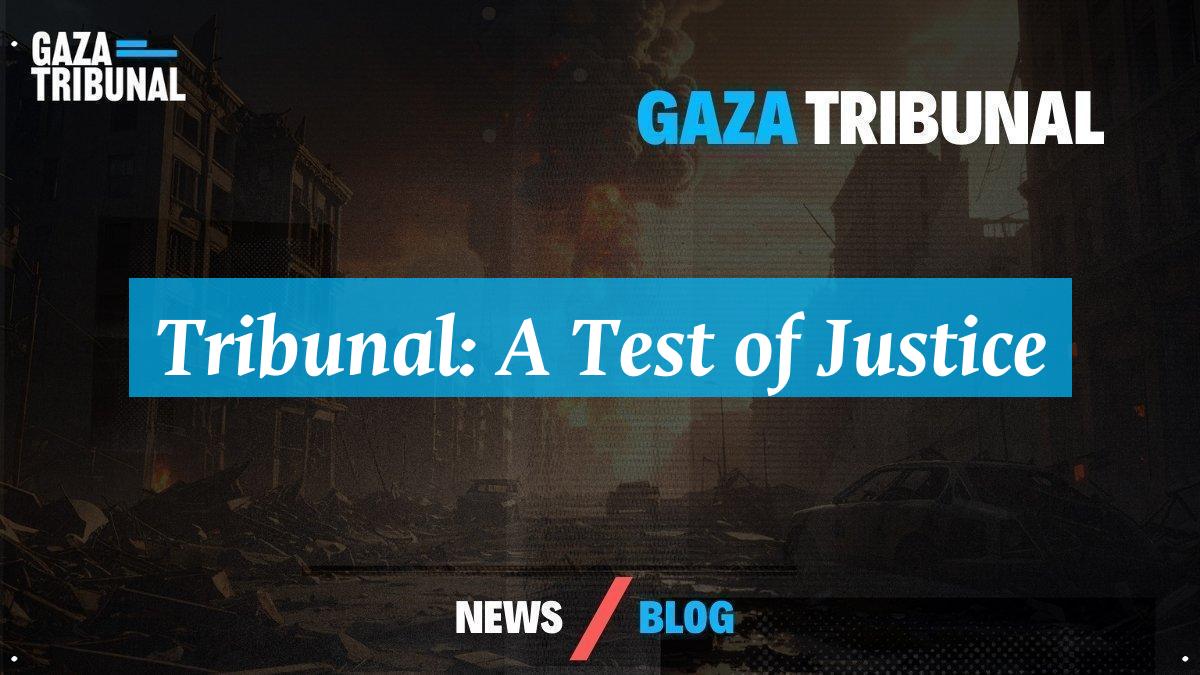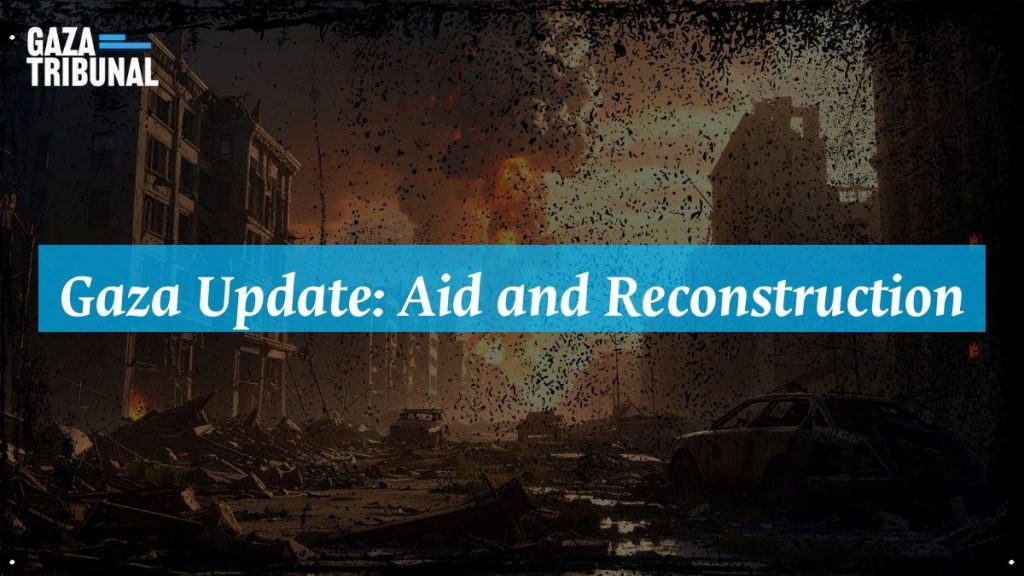The recent October 7 update sheds light on the dire situation in Gaza. So, let’s pause for a moment and consider what these events really entail. Following the tragic incident at the Kerm Ebu Salim Border Crossing, where a Palestinian worker lost his life, the fuel supply has been severely impacted. Additionally, as reported, there is a hopeful expectation that Israel might permit industrial fuel for electricity production to enter. Yet, one cannot ignore the tragic backdrop of ongoing violence; since July 7, Israel’s intense military operations resulted in over 2,158 deaths and extensive destruction in Gaza. Reduced to its stark core, 17,200 homes and numerous essential infrastructures like mosques and schools were left in ruins! How are the people coping in such circumstances?
Yet even so, amidst this chaos, the Coordination Committee for the Entry of Commercial Goods announced that construction materials are finally set to cross into Gaza. Six trucks are reportedly on their way for international projects in the region, bringing a glimmer of hope. Another strand of reality to be reckoned with, in light of the devastation, countries gathered in Cairo for an international conference in October, pledging a significant $5.4 billion to assist in rebuilding efforts. The commitment reflects a collective understanding of the urgent need for support in these trying times. Strikingly, and with grave significance, the question remains: will this aid translate into tangible improvements in the lives of Gazans?
Recent Developments at the Kerm Ebu Salim Border Crossing

Last week, a tragic explosion occurred at the Kerm Ebu Salim Border Crossing. This incident claimed the life of a Palestinian worker and halted fuel shipments into Gaza. The situation remains tense as officials express concern over ongoing supply disruptions. It is natural to pose the question, the explosion raised questions about safety and security in the area. Will there be any changes to prevent such incidents in the future?
In further unfolding circumstances event, authorities anticipate that Israel will allow the entry of industrial fuel for electricity production. Such measures could help stabilize Gaza’s energy supply. However, uncertainties linger regarding the long-term impacts of these decisions. The local population faces significant challenges, as regular power outages affect daily life. People need electricity for basic needs like cooking and heating. You can follow more updates on this topic at Gaza Tribunal.
Humanitarian Aid and Construction Materials
Meanwhile, the Coordination Committee for the Entry of Commercial Products announced a positive development. Six trucks carrying construction materials will enter Gaza today. These materials will support projects initiated by international organizations. This aid represents a crucial step in rebuilding efforts. The need for construction materials is immense, especially after the extensive damage caused by recent conflicts.
The ongoing rebuilding process remains a top priority for both local and international stakeholders. The destruction of homes, schools, and infrastructure has left a significant void in the community. As the international community responds with aid, the hope for recovery grows stronger. Yet, challenges remain. Can these efforts keep up with the urgent needs of the people?
The Impact of Israeli Attacks on Gaza
The Israeli military operations that began on July 7 have had devastating consequences. Over 2,158 people lost their lives, and more than 11,000 sustained injuries during the 51-day conflict. These figures paint a grim picture of the human cost of war. A sequential unfolding of, the destruction includes 17,200 homes, 73 mosques, and 24 schools. Thousands of buildings suffered varying degrees of damage, creating a humanitarian crisis. For more details, refer to the source of this content here.
In October, an international conference in Cairo aimed to address the reconstruction of Gaza. Participating countries pledged a total of $5.4 billion for rebuilding efforts. This commitment reflects global acknowledgment of the urgent need for assistance. However, translating promises into action remains a challenge. How will the funds be effectively utilized to ensure lasting improvements?
Beyond this, the record reminds us with Hope
Despite the challenges, hope persists among the people of Gaza. The commitment from international partners brings a glimmer of optimism. Rebuilding is not just about structures; it’s about restoring lives and communities. Each step taken towards recovery counts. The resilience of Gazans shines through the darkness of despair.
Thank you for taking the time to read about these pressing issues. Your awareness and understanding can contribute to a brighter future for those affected. Together, we can support efforts to rebuild and heal. Let’s continue to advocate for peace and stability in the region!


